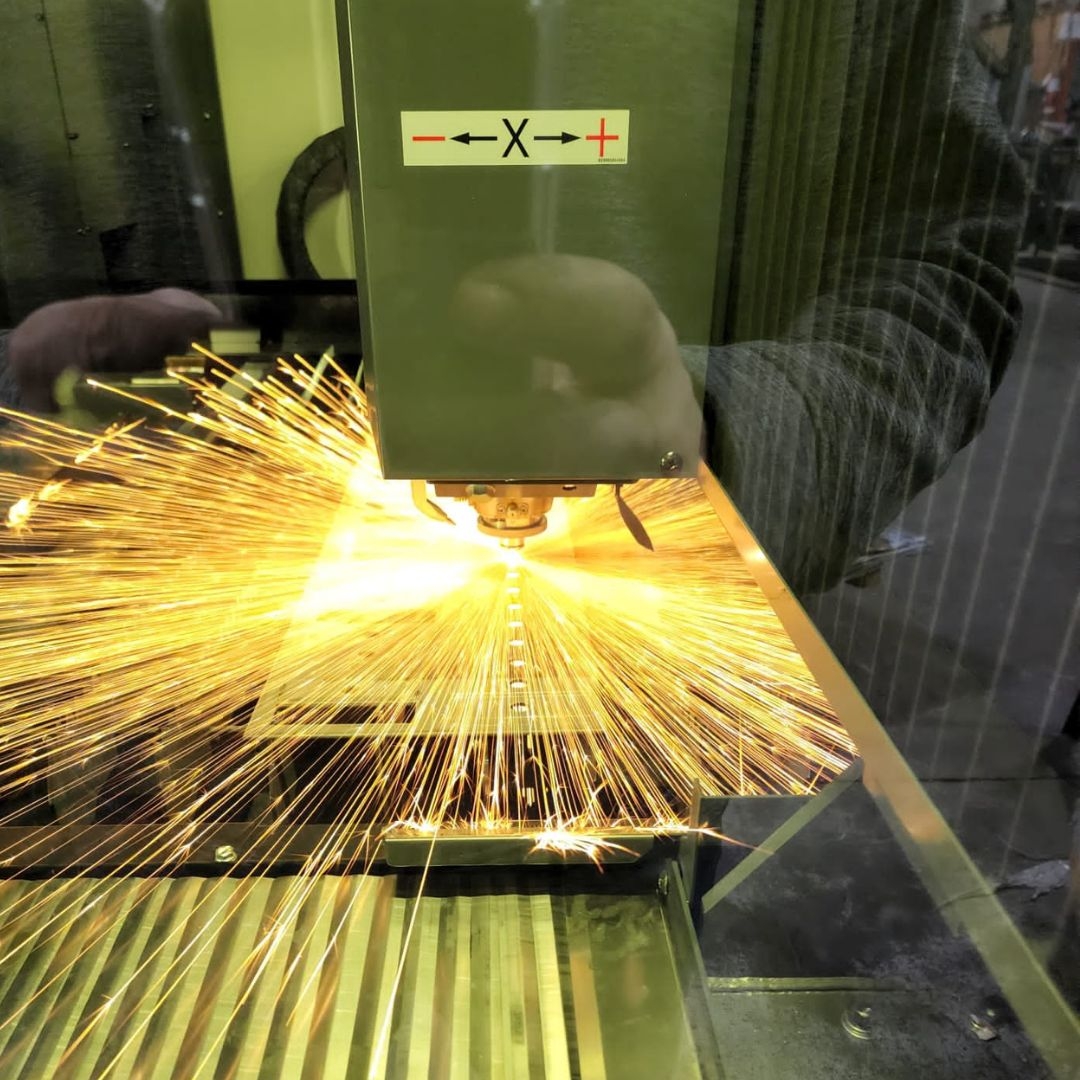Stages Involved In Basic Laser Cutting Process

Laser technology has revolutionized the way we cut materials and create intricate designs, making it faster, more accurate and more efficient than traditional methods. In this blog post, we'll take you through the steps of the laser cutting process and give you a comprehensive understanding of what goes into creating precision cuts with lasers.
Steps involved in the laser cutting process
Beam generation:
When it comes to laser cutting, the very first step is to generate a beam of intense light. To generate this beam, you will need a laser. Two different types of lasers can be used for this process: CO2 and fibre. Once you have chosen the type of laser you want to use, the next step is to focus the beam. This is done by using a lens or mirror system to direct the light onto the material you want to cut. The focused beam is then able to cut through the material by vaporizing it or melting it.
Beam focusing:
Beam focusing is the process of directing the laser beam onto the workpiece. This is achieved by using a lens or a mirror to focus the beam. The size of the focused spot depends on the wavelength of the laser, the power of the laser, and the optics used to focus the beam.
Localized heating and melting:
As the name suggests, localized heating and melting is the process of using a laser to heat and melt a small area of the material.
Localized heating and melting are accomplished by directing the laser beam at the material until it reaches the melting point. The heat from the laser melts the material.
Material ejection:
In laser cutting, the material is ejected in one of two ways: through a kerf or by vaporization. In either case, the cutting process is the same. A focused beam of high-powered laser energy is directed at the material, and the material is heated to its boiling point. The high heat causes the molecules of the material to break apart, and the material is ejected from the cutting area.
Beam movement:
The beam in a laser cutting machine needs to be able to move to cut the material. There are a few different ways that this can be done. The most common is with a mirror system. This uses mirrors to guide the beam along the path that it needs to go. Another option is to use a lens system. This uses lenses to focus the beam and guide it along the path.
These steps make the laser-cutting process seamless and highly accurate. For extraordinary service, consult us at Metal Tronics. We are one of the most reputed metal laser cutting service providers in Ontario.
